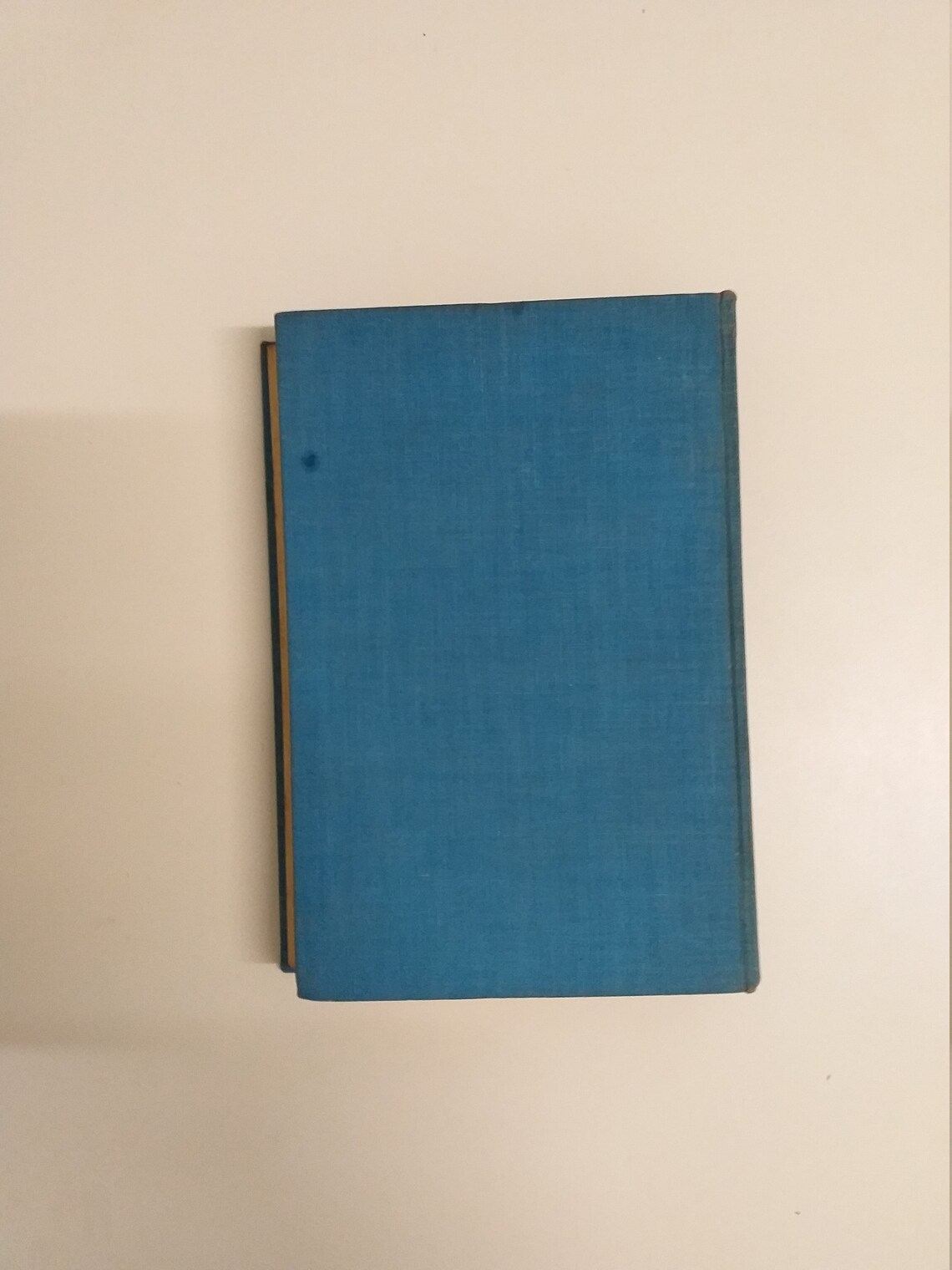Mac rosewood lip pencil. In Sherston's Progress (1936), Sassoon vividly remembers how at night the whole hospital reverted to the 'underworld of dreams' as each man relived his 'submerged memories of warfare'. It is deeply revealing that the ultimate testimony of the gas attack is placed not in the act of perception, but in the realm of the unconscious (‘in all my. Buy Sherston's Progress by Sassoon, Siegfried (ISBN: 144) from Amazon's Book Store. Everyday low prices and free delivery on eligible orders.

Sherston's Progress
- W.H.R. Rivers, Instinct and the Unconscious (Cambridge, 1920), p. 2.Google Scholar
- W.H.R. Rivers, Conflict and Dream (London, 1923), p. 171.Google Scholar
- “I have just been to Cambridge to stay with W.H.R. Rivers, ethnologist and psycho-analyst. This fellow is one of the most interesting” (Letter to Hugh Walpole, 12 December 1919; Letters of Arnold Bennett: Vol. III (London, 1970), p. 116).Google Scholar
- The reference is to Frances Cornford’s ‘Rupert Brooke: “A young Apollo, golden-haired / Stands dreaming on the verge of strife / Magnificently unprepared / For the long littleness of life”.Google Scholar
- The religious metaphor is not that far-fetched: at one stage Sherston refers to Rivers as “my father-confessor” (59).Google Scholar
- Thorpe (1966), p.103.Google Scholar
- In this respect it is interesting to note that The Old Century, the first volume of his straight autobiographies, was published in September 1938, exactly 2 years after Sherston’s Progress.Google Scholar
- Edmund Blunden describes a similar incident in Undertones of War (Harmondsworth, 1982), p. 59.Google Scholar
- Sassoon was not the first to do so; in 1930 Henry Williamson had published his satirical war novel The Patriot’s Progress.Google Scholar
- Cf. John Bunyan, The Pilgrim’s Progress (Harmondsworth, 1965), p. 104. D. Felicitas Corrigan attributes this line wrongly to Valiant-for-Truth (cf. Corrigan (1973), p. 32 / Pilgrim’s Progress (1965), p. 348).Google Scholar


Comments are closed.